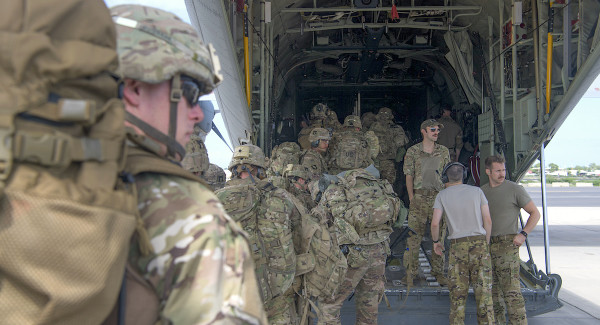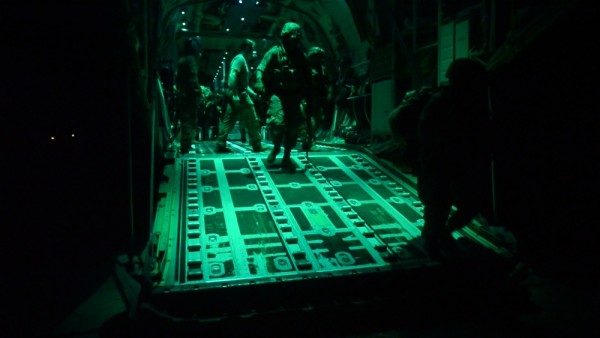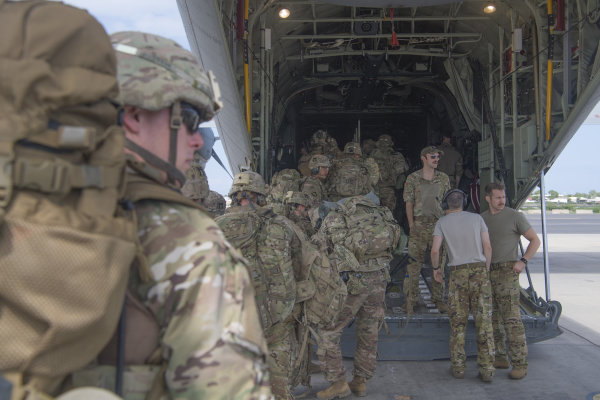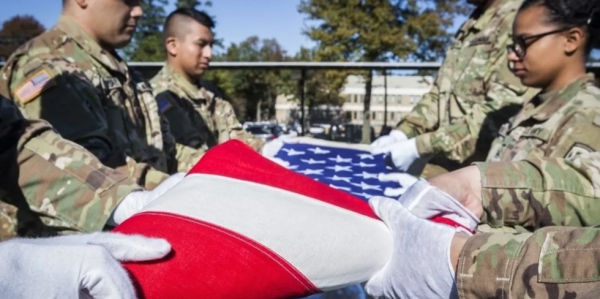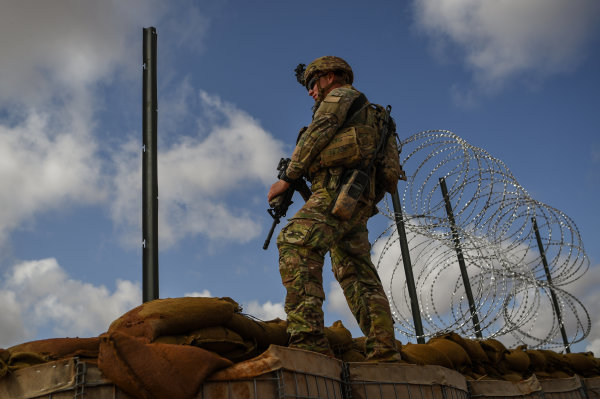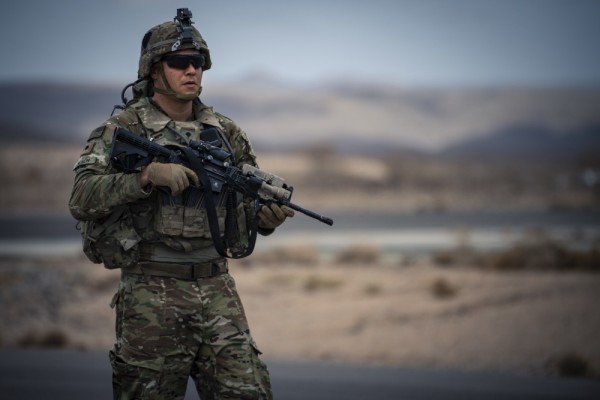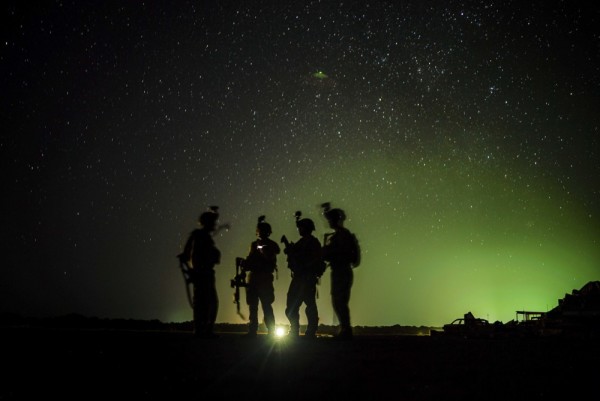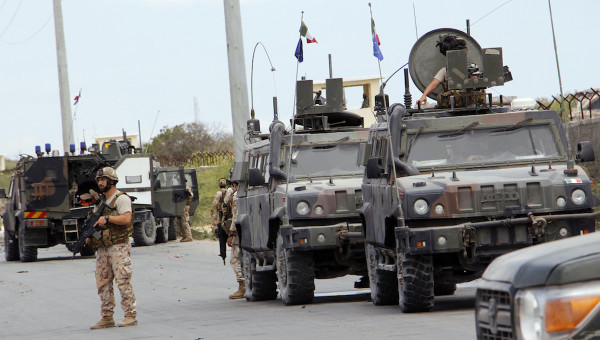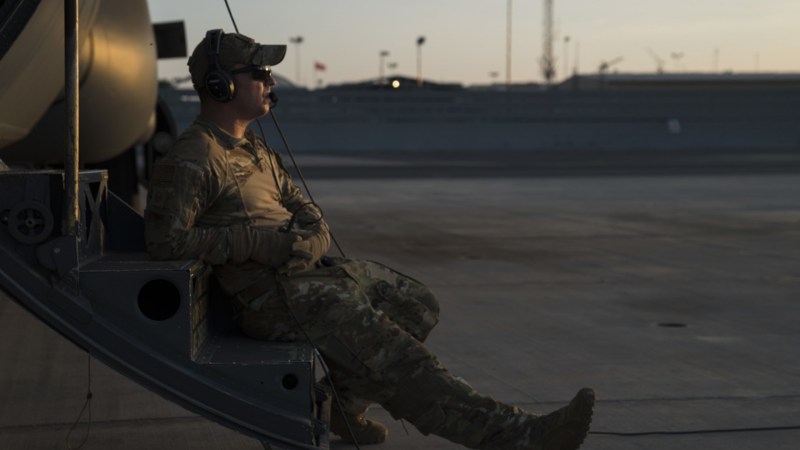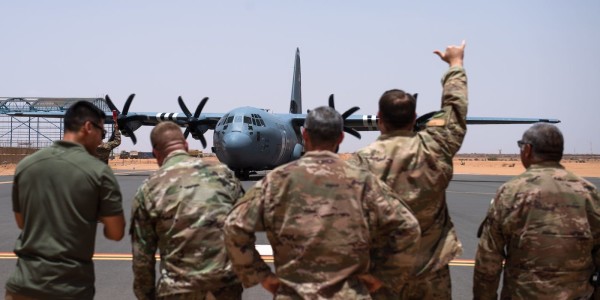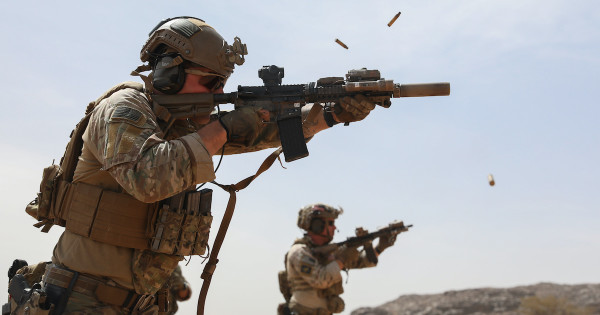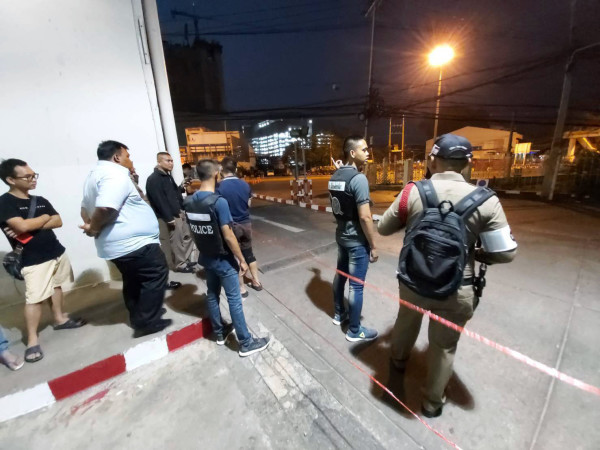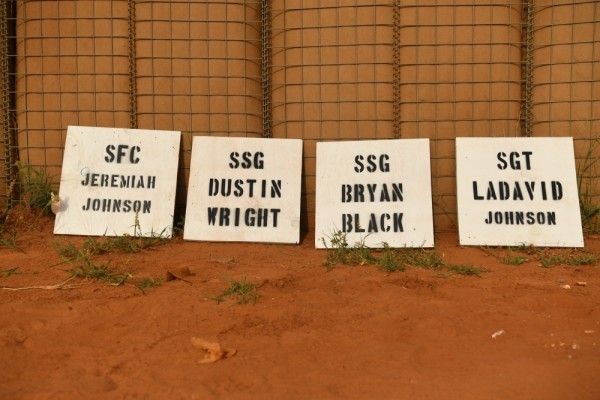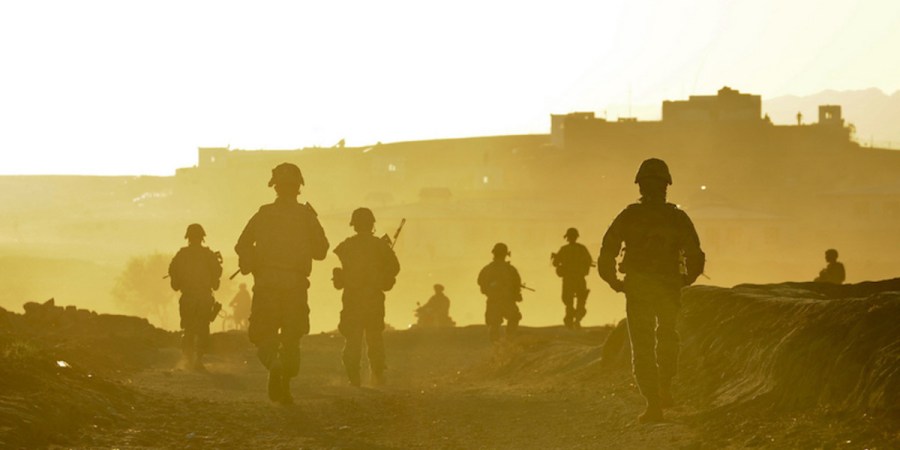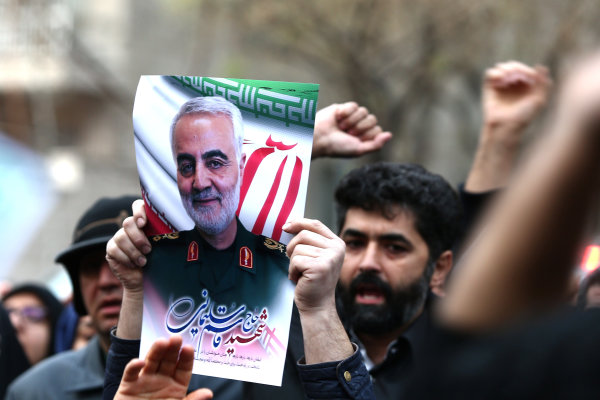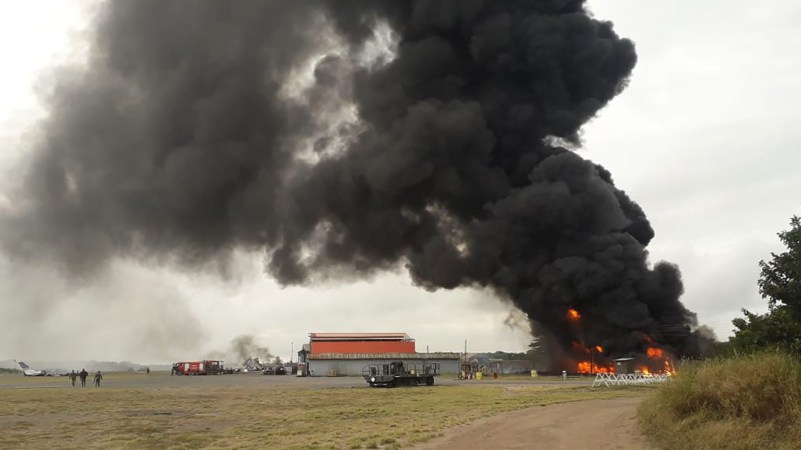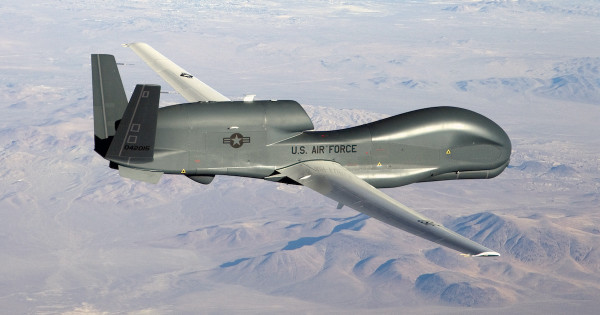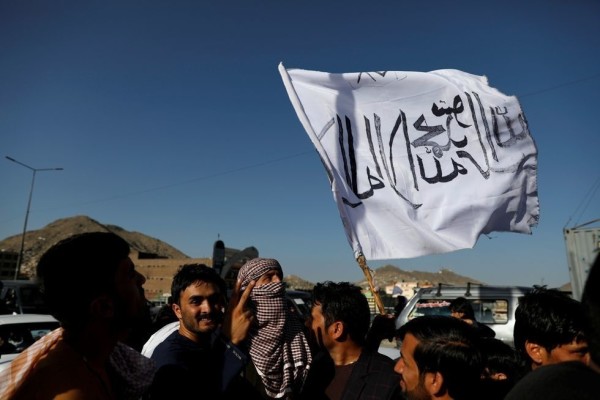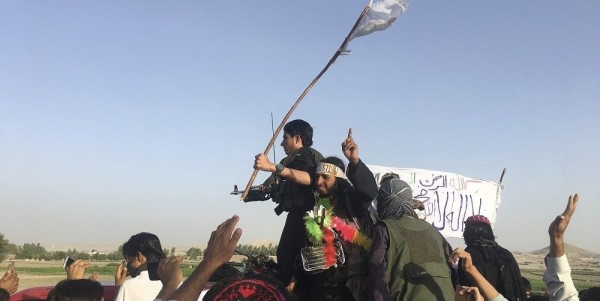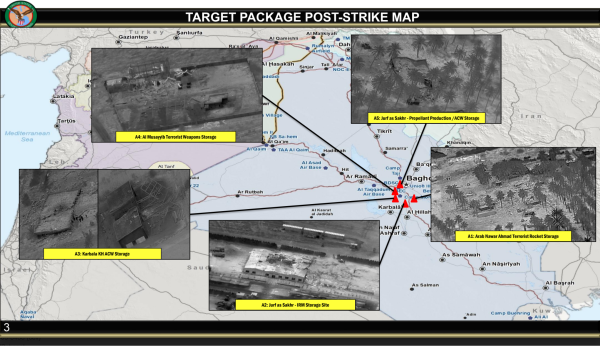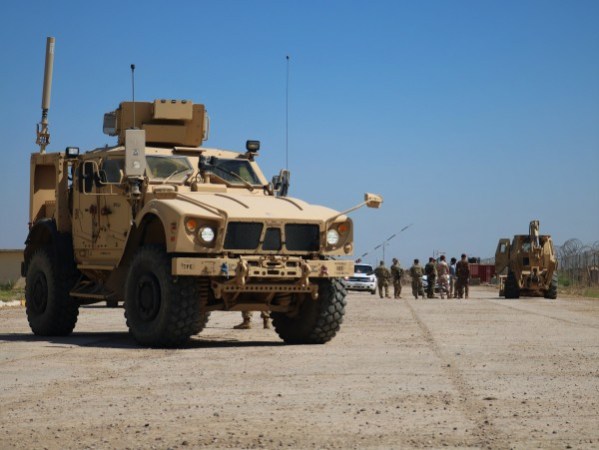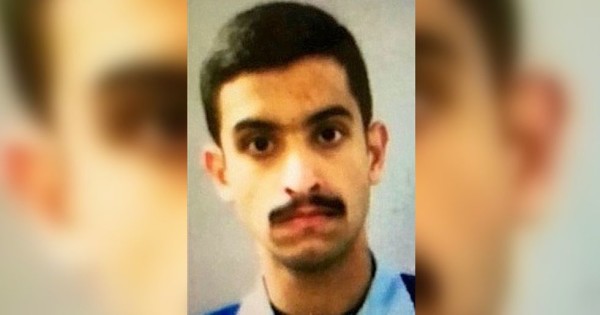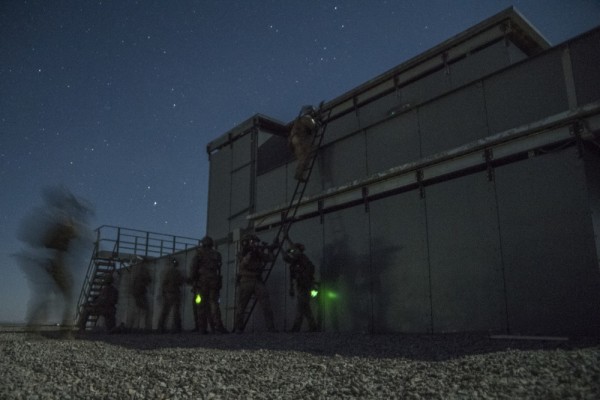The Defense Department has remained relatively tight-lipped regarding the brazen Jan. 5 raid on a military base at Manda Bay, Kenya, but a new report from the New York Times provides a riveting account filled with new details about how the hours-long gunfight played out.
The attack, carried out by the Somalia-based al Shabaab terror group, killed a U.S. service member and two defense contractors and prompted the Pentagon to deploy its East Africa Response Force (EARF) to secure the base’s crucial airfield.
Army Gen. Stephen Townsend, commander of U.S. Africa Command, pledged that the U.S. military would “harden our resolve” in the aftermath of the attack, stating that the U.S. “remain committed to preventing al Shabaab from maintaining a safe haven to plan deadly attacks against the U.S. homeland, East African and international partners.”
Despite Townsend’s message, the New York Times account — based on interviews with “a dozen American military officials or other people who have been briefed on the attack” — paints a picture of relative chaos among both U.S. and Kenyan security forces during the surprise assault on the sprawling military base.
“Many of the local Kenyan forces, assigned to defend the base, hid in the grass while other American troops and support staff were corralled into tents, with little protection, to wait out the battle,” the New York Times reports.
Here are the the most interesting bits:
- Surveillance plane attacked: The battle opened with the downing of a Beechcraft King Air 350 surveillance plane during takeoff from the Manda Bay airfield. The aircraft, piloted by L3 Technologies contractors Dustin Harrison and Bruce Triplett, was struck by a rock-propelled grenade fired by al Shabaab fighters who had slipped through the base’s outer perimeter, which the New York Times describes as “a poorly defended fence line.”
- Aircraft and fuel destroyed: After destroying “a significant portion” of the U.S. fleet of aircraft on the ground at the base, including six surveillance aircraft and medevac helicopters, the fighters “also destroyed a fuel storage area, rendering the airfield next to useless,” according to the New York Times: “The attack most likely cost the Pentagon millions of dollars in damages.”
- U.S. service member killed: Army Spc. Henry Mayfield Jr., the sole service members killed in the raid, was “acting as an air traffic controller” from a truck when he was killed by small arms fire, according to the New York Times. His partner in the truck, identified only as “another American,” fled the vehicle and “hid in the grass” for hours to avoid detection by the fighters.
- Raiders to the (late) rescue: A group of “roughly a dozen” personnel assigned to the 3rd Marine Raider Battalion and their Kenyan Ranger counterparts quickly travelled from nearby Camp Simba about a mile away to lead the counterattack against the al Shabaab insurgents, per the New York Times; unfortunately, the time it took to travel to the airfield gave the fighters “ample time to disperse.”
- Bad partners: “The performance of the Kenyan security forces during and after the battle frustrated American officials,” the New York Times reports. “At one point, the Kenyans announced that they had captured six of the attackers, but they all turned out to be bystanders and were released.”
The U.S. has roughly 200 military personnel stationed in Kenya to help train, advise, and assist local security forces.

